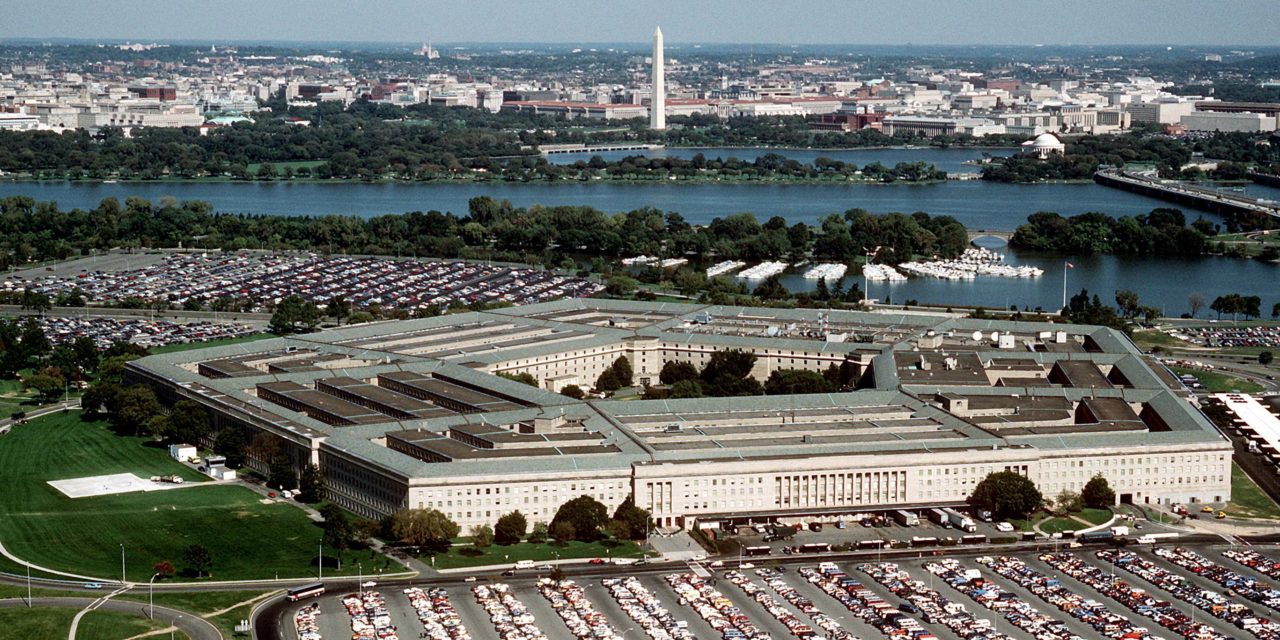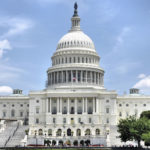The words “innovation” and “government” don’t often go hand in hand.
Government is massive and its mission wide-reaching, so it is typically very slow to react or adapt to changing needs and changing markets.
Small, nimble startups, on the other hand, can turn on a dime. That’s the kind of flexibility that’s needed to develop truly innovative ideas and bring them to market.
But there’s another differentiator: Capital.
Startups typically don’t have access to much money. They are often operated on a shoestring budget and work to develop their ideas as cheaply as possible. If they can’t, they don’t last long.
Government is in the opposite situation. It has plenty of capital to work with, both in the form of cash as well as various debt instruments. It can fund ideas, even if it can’t develop them itself.
And this is the driving force behind many of the government’s startup funding programs. Agencies from the Department of Agriculture, to the National Institutes of Health, to Health & Human Services, to the Department of Defense (DoD) and more all run their own grant programs, sending millions of dollars every year to promising startups in a wide range of different industries, including agtech, software, energy development and more.
One program in particular that I’ve been watching is the Joint Warfighter Medical Research Program, which is a DoD program intended “to advance the outcomes of previously funded Congressional Special Interest medical research and development (R&D) projects addressing the military medical requirements of the Services.” The program focuses on funding unique initiatives that improve the health, wellness, and readiness of our U.S. service members, directly enhancing our nation’s national security. More importantly, the problems that the DoD seeks to solve are not exclusive to just the military, but can ultimately address the public sector as a whole.
Here’s why we’re interested:
This is important work: Government-sponsored grants like the Joint Warfighter Medical Research Program are about more than just immediate needs for the sponsoring agencies. These are also addressing major potential markets in the civilian world are are typically used to fill vital gaps in the healthcare system. These include areas of need that aren’t otherwise being addressed by the private sector, either because the potential market isn’t large enough, there isn’t enough revenue to support the idea, investors haven’t been interested, or simply because the work has so-far proven too difficult to accomplish. Government steps in to get this work done.
These grant are non-dilutive: Innovators don’t have to give up part of their company to get this money, because DoD and other government agencies are providing this necessary capital in the form of no-dilutive grants simply to promote research and development. That means innovators can receive this month for their business without giving up and ownership equity in the company itself. Not surprisingly, non-dilutive funding like this is hard to come by, and government grants present a good opportunity for startups in select industries to fund their work without losing control over their companies to investors in the long run. It’s capital with (almost) no strings attached.
This is a more direct path: Often, R&D is conducted in conjunction with academic/non-profit institutions. Companies then spin-off from the larger institution and require follow on funding (generally from venture capitalists) to facilitate further development and commercialization. This typically means lost equity for entrepreneurs and less potential upside for investors. Government grant programs, on the other hand, offer a more direct path to commercialization for startups working on projects that are deemed necessary.
Everybody wins: At the end of the day, the DoD is incentivized to promote health and readiness for the Armed Forces in order to reduce its own healthcare costs. This need allows for pertinent funding reallocation by the agency in order to best meet those goals. Given that more than $44 billion of the $700+ billion U.S. Defense budget for 2018 is allocated to military healthcare programs, this is a potentially significant source of funding for startups working on health-related technologies.
This helps find new markets: Government agencies by their very nature possess insider knowledge about future potential threats to national security and the well-being of their citizens. This advantage allows them to better identify lesser-known and emerging markets and sectors for future investment opportunities than private sector firms can, opening up work in areas that otherwise might have been overlooked.
The truth is, funding grants from the government are an often overlooked source of working capital for startups in healthcare and other high-need industries. But, for the reasons mentioned above among others, there are good reasons for entrepreneurs, as well as other investors, to pay more attention to these programs.
They might just find your next market, pay you to develop it, and acquire your company at the end of it all.












